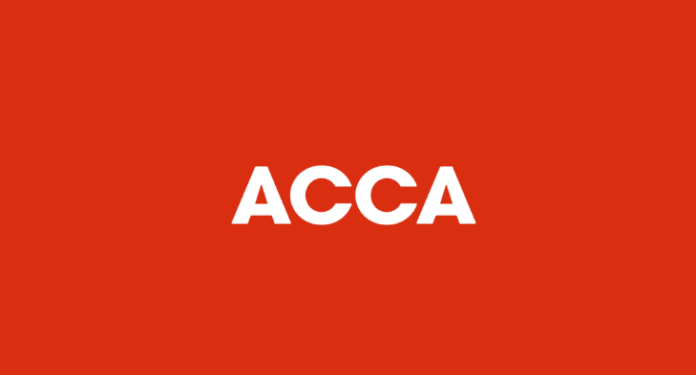May 2022
This month top tutor Tom Clendon asks you to put yourself in for Tom the shoes of the marker!
Question
What if I make a mistake in a preliminary calculation, such that I get the actual answer wrong? Will I still earn any marks? What is the ‘own figure rule’? And how does marking written answers work?
Tom’s answer
Let me reassure you that you will always gain marks for correct workings, even if the actual final answer is wrong. For example, there are three ingredients to the calculation of goodwill – the controlling interest, the non-controlling interest (NCI) and the net assets. Let us say that each ingredient has to be calculated and that the requirement is to calculate the goodwill for three marks.
It is perfectly possible that the goodwill number calculated is wrong but that does not necessarily mean that no marks would be awarded. With marking it is not an all or nothing approach. Let us say the reason why goodwill was wrong was because no attempt was made to calculate the NCI – but the other two ingredients were correct.
On this basis two out of three marks would be awarded. With clear workings, even the wrong overall answer can produce enough marks to pass!
Own Figure Rule (OFR): Exam scripts are marked by professionals who are trained and empowered to award marks using the OFR. In other words, you can earn full marks for doing the right thing to the wrong number!
Let us imagine that having calculated goodwill, the next requirement was to conduct an impairment review to determine the impairment loss for a further three marks.
Now having incorrectly determined the goodwill in the first place it will prove impossible to numerically determine the correct impairment loss. But fear not. This is where the OFR kicks in.
If the impairment review process is correctly followed – albeit using an incorrect goodwill figure – then there is no reason why full marks cannot be given for the answer. It is the method that is being marked. This is why it is so important to layout your workings clearly so the marker can follow your process.
The marking of written answers: With answers that require a narrative answer, the general rule of thumb is that one mark is awarded per valid point. Now in some questions there can be more valid points to be made than marks on offer. In these circumstances the number of marks that can be awarded will be maxed out.
For example, a requirement may ask for an explanation of the benefits of sustainability reporting but for only three marks. Now there may be up to six separate valid points that could be made.
But if a student’s answer makes five of them then the maximum marks the marker can award is three.
If a point made is not valid, then no marks are deducted – in other words there is no negative marking. On that basis, instead of writing nothing, it is worth writing a point down even if you are not certain it’s valid. After all, if you write nothing you will certainly get no marks.
Conclusion
By understanding how exam scripts are marked:
– by putting yourself in the shoes of the marker
– you will be a better student and more confident about how to earn the marks on offer!
• Tom Clendon FCCA is an ACCA online lecturer for SBR and has been an examiner and marker. See www.tomclendon.co.uk




